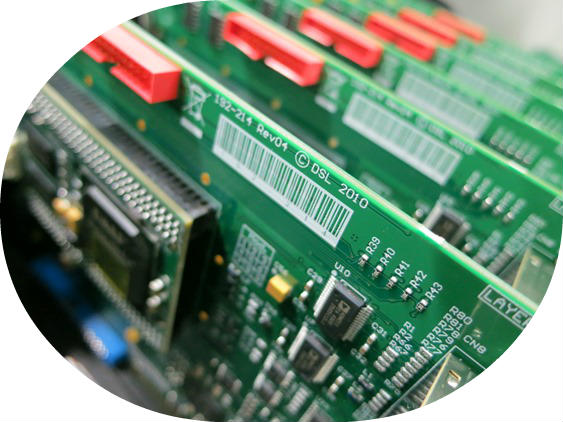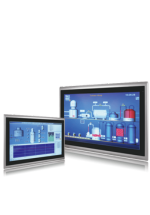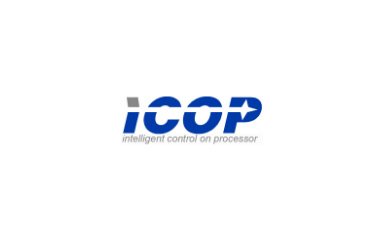Introduction

In a desktop PC, the tell tale sign of a fan nearing its end of life is a high pitched whine. As annoying to one’s ears as this may be, this is usually the extent of the ramifications – the user is informed that the fan needs replacing and they replace it as soon as they can, well before it stops functioning.
In an embedded PC, it is likely that either that fan would be sited somewhere no one would hear its impending failure, or perhaps so, but so deeply embedded its simply inaccessible. Coupled with the fact that embedded PCs tend to control mission critical functions in literally every conceivable application – the consequence of failure is far higher than the inability to check one’s e-mail!
Passive Cooling
Whilst well over a decade old now, passive cooling technology these days can provide fanless cooling for staggeringly high CPU heat dissipation needs (for example our Core i7 Panel PC is entirely passively cooled) – this is impressive at room temperature, but these incredible cooling techniques enable such a system to operate up to 50°c ambient!
It’s important to remember why passive cooling, whilst de facto across the embedded industry now, is so critical. The key milestone in this technology, once the complexity of static heatsinks had reached its peak, was the introduction of Chassis Mounted cooling, either directly or via heat pipes – these directly connects the CPU face to the outside enclosure and enables the entire product to act as a heatsink.




